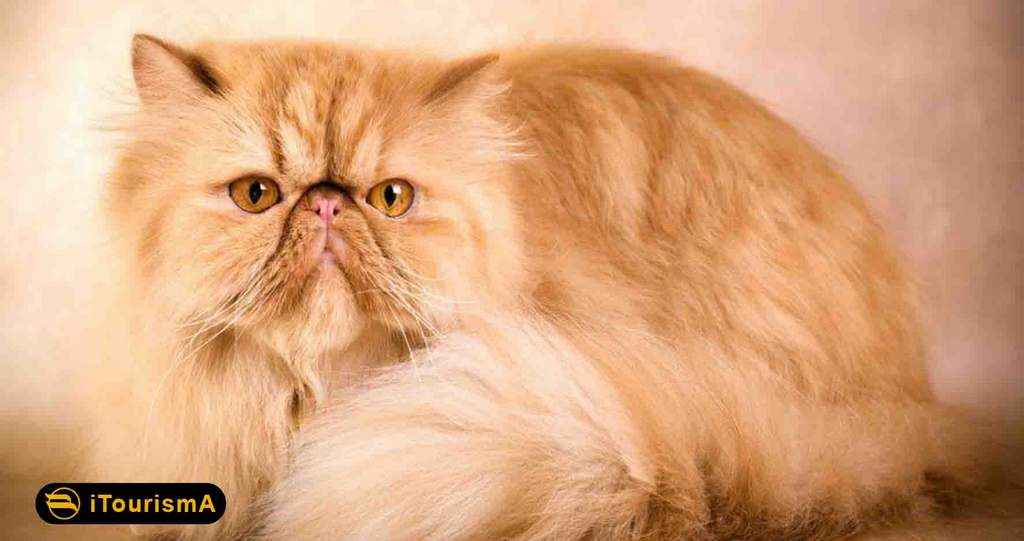Garmsar Salt Mines
Salt and tourism hub of salt Iran Semnan province can be called dome and several salt mines in the province could be one of the most important phenomena geomorphological and geological attractions convert. Salt mines between Eyvanaki and Garmsar, resulting from the activities of Qom salt dome. Visit the mines in the control area with basic room and will be picked up. This style of rainwater harvesting to prevent mine. Stand tall ceilings and huge salt mines and in front of the illusion is astonishing.

Salar salt mine is located in Garmsar, a city in Semnan province. It sits in a unique geographical location, between Firouzkuh and Damavand in the north, Semnan in the east, Qom and the Salt Desert in the south, and Varamin in the west. On the other hand, one of the most interesting mines is the ancient Kuhdasht salt mine and due to the extraction of salt, a tunnel or cave is formed with a length of 1.5 kilometers. A low, arid, red-brown ridge scalloped into corrugated hills follows the Garmsar–Qom Hwy south. The outer form of this mine is in the form of a mountain that by the extraction of salt from this mine, a handmade cave has been created. There are dark colored salt stones at the entrance to the cave, and as we move forward, the colors of the rocks become lighter and lighter. Many salt droplets like sharp spears hang from the ceiling of the cave. A vibrant, colorful corridor extends 1.5 kilometers across the salt mine. In the part of Kuhdasht-e Kohan Salt Mine in Garmsar, a green lake has been created by rain, which shines as a jewel and enchants you. In this cave, the salt columns with height of 12 meters add to the beauty of this natural attraction. Salt rock has many therapeutic properties that can be useful in treating some physical and mental illnesses.































